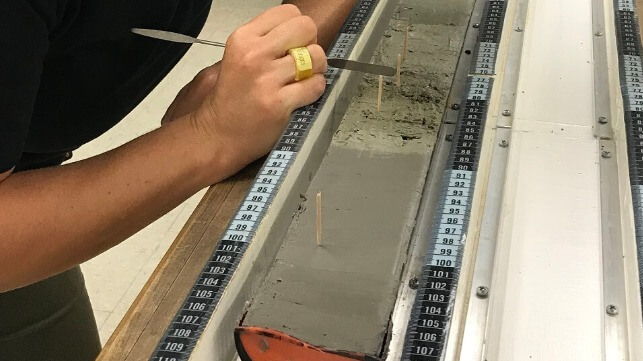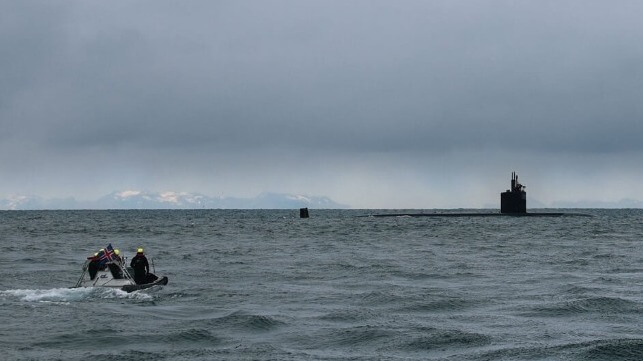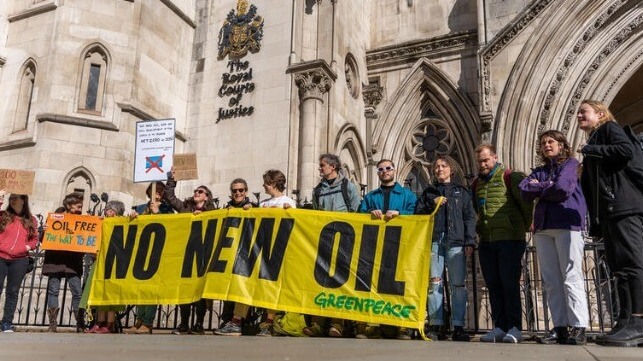Prime Minister Justin Trudeau says a number of U.S. jurisdictions outbid Canada in the recent race to secure Volkswagen's new battery plant.
But Canada prevailed, he says, because of its clean energy supply, educated workforce, critical minerals riches and investments in the middle class.
Trudeau made the admission in remarks today at the Council on Foreign Relations in New York.
The plant, to be built near St. Thomas, Ont., is drawing some criticism because Ottawa offered up to $13 billion worth of production subsidies to make the deal happen.
Trudeau says the economic and social benefits of the facility will vastly outweigh the cost because Volkswagen is committed to be a major employer in the hard-hit manufacturing community for decades.
It was part of his sales pitch to convince investors, business leaders and venture capitalists in New York and around the world that Canada has a firm grip on the future.
"I'll be honest: there were places in the United States that were putting up way, way more money than we put on the table," Trudeau said.
But Canada's clean energy supply, robust social services, environmental standards and mineral riches ultimately helped to win the day, he said.
"Volkswagen said, 'OK, we're showing up with a plant that's not going to be there for five years, or 10 years. It's going to be there for 50 years, maybe even more,'" Trudeau said.
"'We need to invest in a community that is going to be invested in itself and in that future.'"
The idea for the New York trip, which wraps up Friday, was to capitalize on the momentum that was generated by last month's visit to Ottawa by U.S. President Joe Biden.
The centrepiece of those meetings was a new Canada-U.S. strategy for the extraction, development and processing of critical minerals.
As the Canadian government works to develop that industry, democracies must work together to protect their values and economic interests in the face of rising authoritarianism, Trudeau said Friday.
It's important, he said, to build democratic values into decisions about where to source minerals, and it's not just about telling companies not to get them from countries such as China.
"We should simply commit to sourcing our critical minerals from places that ban forced labour, that have safety standards, that pay their workers a living wage, that have high environmental protections, that work in partnership with Indigenous Peoples."
Experts say would-be investors and developers now want to hear more about how Canada plans to streamline the regulatory process in order to capitalize on the country's underground riches.
Kirsten Hillman, Canada's envoy to the U.S., acknowledges the appetite for clarity and says it's a high priority — although the details likely won't come today.
Contrary to conventional wisdom, Canada's permitting processes are actually more efficient than those in the U.S., although she agrees they need improvement.
"I'm not saying it's good enough. And I'm not saying we don't want to continue to streamline and improve," Hillman said Thursday.
"But we already have a natural advantage there, and we'll continue to improve it."
Trudeau spent the bulk of the day Thursday focused on promoting efforts to advance sustainable development outside North America, in particular the global South.
And he got a rough ride at a global summit of progressive thinkers when former CTV National News anchor Lisa LaFlamme pressed him on recent cuts to humanitarian aid spending.
Before 2019, the Liberal government in Ottawa committed to making steady annual increases in aid, "and we absolutely have," Trudeau responded.
The COVID-19 pandemic in 2020, Russia's invasion of Ukraine last year and other crises around the world, including in Afghanistan, resulted in outsized one-time spikes in spending, he said.
And while there's likely to be more humanitarian disasters before the end of the fiscal year that will demand Canada make additional commitments, "the baseline continues to go (up)," Trudeau said.
"We spiked it massively because of the pandemic, because of various crises that we had to respond to."
The appearance was meant to showcase a new five-year, $195-million investment — plus $43 million every subsequent year — in women's rights advocacy around the world.
Trudeau said the program, Women's Voice and Leadership, has helped more than 1,500 organizations since it was launched in 2017, far exceeding the original target of 400 groups, who receive the assistance without strings.
"We know that these kinds of initiatives — defending women's rights from that grassroots community level, led by women, impacting other women — is one of the most powerful ways of effecting change."
Abortion rights have been under legal siege in recent months in the U.S., Trudeau acknowledged as he seized on the opportunity to depict his government as pro-choice — and its Conservative rivals as the opposite.
The U.S. courts have played host to seismic shifts in access to abortion over the last year, most notably the Supreme Court's decision last June to overturn Roe v. Wade, the landmark 1973 decision that established federal abortion rights.
Advocates had feared that a legal stalemate over access to the so-called abortion pill, mifepristone, would end much the same way, before the high court opted late last week to maintain the status quo — for the time being.
The U.S. Department of Justice is fighting a Texas court decision that, if allowed to stand, would effectively rescind the Food and Drug Administration's 23-year-old approval of the drug.
"Oh my God, when do we get to stop having to re-litigate this every, every time," Trudeau said as he characterized his reaction to the latest ruling.
"Women are still having to stand up for basic rights that should have been and have been recognized long ago."
This report by The Canadian Press was first published April 28, 2023.
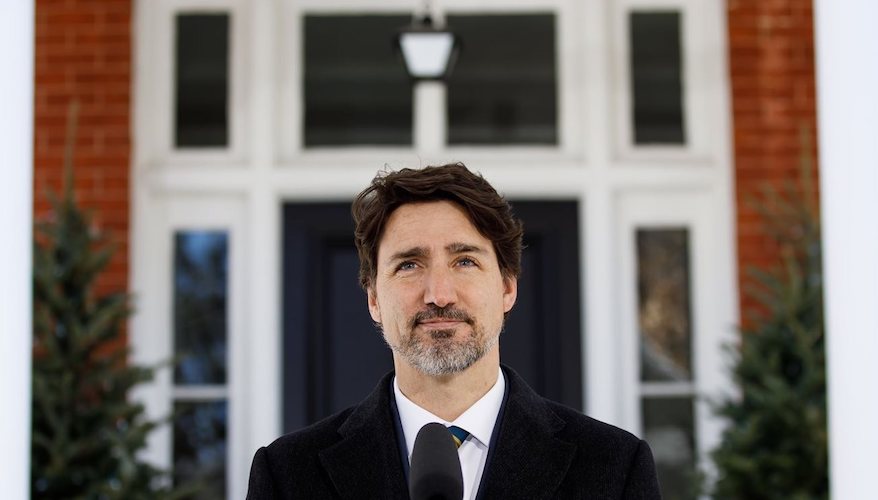

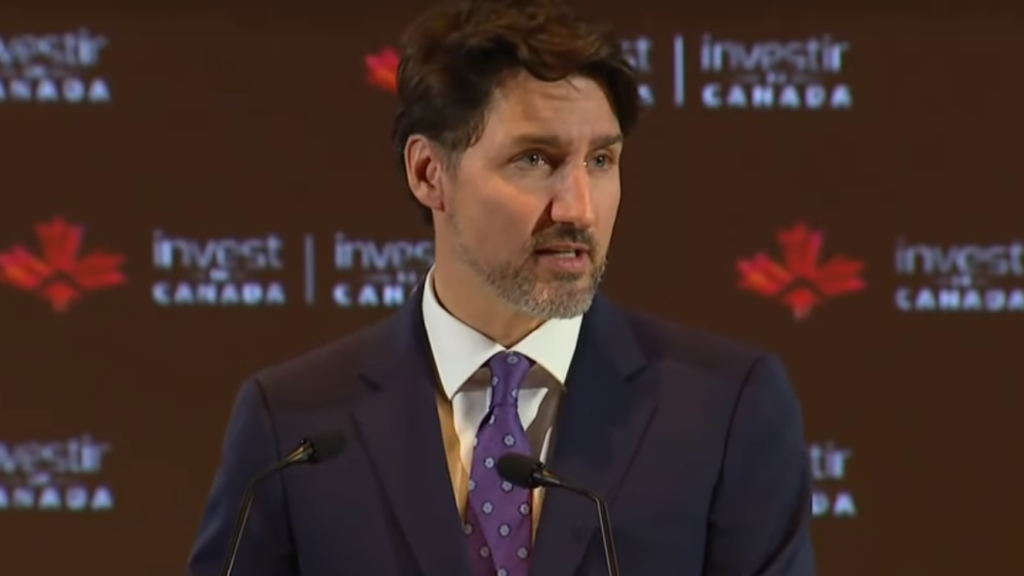

.jpg?ext=.jpg) Tokamak Energy's HTS magnet (Image: Tokamak Energy)
Tokamak Energy's HTS magnet (Image: Tokamak Energy)